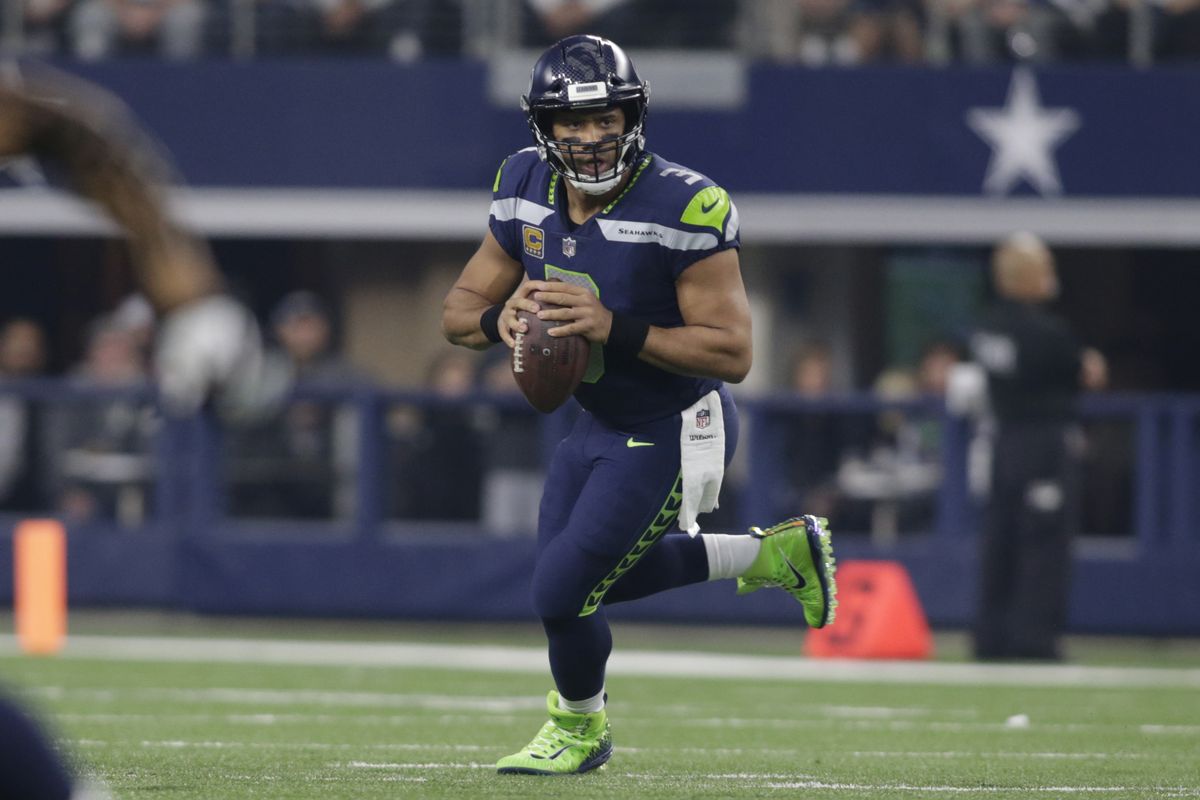
Do you enjoy watching teams like the Seattle Seahawks play, but have a hard time understanding the football terminology being used throughout the game? With fans screaming, commentators making analysis and plays happening so fast, it can be difficult for beginners to get a grasp of the sport. This might cause some individuals to feel embarrassed or perhaps even teased for their lack of knowledge. The reality is, however, we all have to start somewhere. But in order to understand and enjoy the game of football, it’s important for beginner fans to get familiar with key terms and understand their meanings.
With a few tricks and some simple football knowledge, you can easily fit right in with those die-hard fans around you and get involved in some great conversations. So, how can someone new to the sport of football learn the terminology? By relying on these three methods:
Learn the Name of Key Players: Every team in the NFL has at least one player fans can count on to consistently make plays. For the Seattle Seahawks, that player is Russell Wilson, the team’s star quarterback who can make plays with his arm and with his legs. Getting yourself familiar with key names and their playing styles can allow you to make connections much easier. Knowing these names also gives you a way to participate in conversations regarding the team’s success or downfall without actually knowing what plays were made during the game. While watching football can be lots of fun, talking about players can allow beginner fans to increase their knowledge about the game itself.
Ask Questions: Imagine watching a football game and hearing the sports announcers say, “The defense now has eight players in the box.” Do you think you’d be able to understand what they were referring to? If the answer is “no,” you’re not alone. Terms like this get used all the time during the game, especially during the playoffs when there is a Super Bowl on the line. That being said, a good way to avoid any possible slip-ups is by asking questions. Who should you speak to if you have questions? Anyone you believe can answer all your sports related questions is a good resource. Use questions like “Who was that player that made the play?” or “How do you think the game will turn out?” The majority of the time, these questions will then lead to a more in-depth conversation using various football terms that can help you learn what they mean. Remember, asking questions allows you to increase your understanding and gives you control over what you want to learn.
Understand the Dimensions of the Football Field: While the dimensions of a football field are the same from high school to the NFL, each stadium might seem like its field has its own unique look. That’s because the atmosphere in every stadium is characterized by the region in which it’s located. Seattle’s stadium, for instance, has an open layout. However, states that have extreme weather typically have a closed layout. So, what is a stadium? Well, a stadium is a structure where football games are played. This includes the field, the stands, and so on. As you would imagine, stadiums across America come in all shapes and sizes. The most important feature about a stadium, however, is that it allows room for a 100-yard-long football field.
Generally speaking, NFL stadiums come in two main designs: dome stadiums (closed) and outdoor stadiums (open). Both types of stadiums can hold anywhere from 50,000 to 100,000 (approximately) screaming fans who are there to cheer on their team. When watching a football game, you may see a lot of white markings on the field and have no clue what they mean. The truth is, every mark, line, and spot on the field has a special meaning:
- End lines: The horizontal lines located at each end of the field.
- Sidelines: The lines on the side of the field that runs vertically.
- Goal lines: The lines located within the 10-yard mark that are parallel to each end line.
- Field of Play: The area the game is played.
- End Zones (Touchdown Mark): The two areas that bounded by the end lines, goal lines, and sidelines.
Sport has the ability to bring people together and tear them apart—depending on who you’re rooting for. It allows us to have strong debates about certain players and determine whether or not a team is worthy of winning it all. While men historically outnumbered women in these conversations and athletic roles, sports like football are no longer just a man’s game, which makes the conversations even more inviting. That said, as more and more fans gather round to watch their favorite teams play, new friendships can be made and most importantly, football lessons can be learned.




